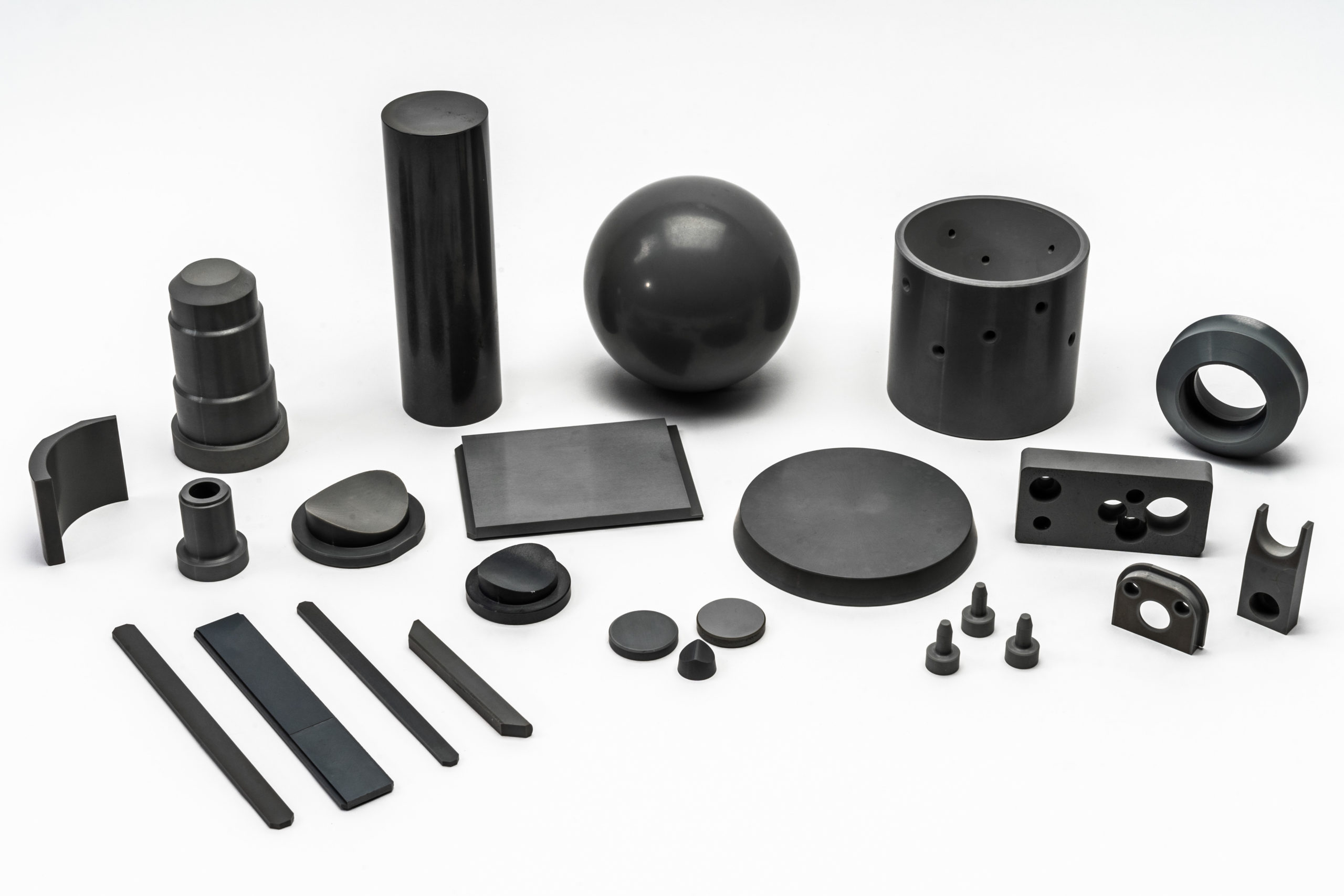Stainless steel is an extremely popular engineering material, but it is not without flaws. The characteristic corrosion resistance of stainless grades will diminish under certain challenging conditions. Corrosion, erosion, and oxidation are not only possible but likely in the presence of harsh chemicals, extreme temperatures, and abrasive media. These factors contribute to performance and structural losses over time. Fortunately, there is a wealth of alternatives to choose from.
Sialon
Sialon boasts the following material properties: high toughness, excellent thermal shock resistance, mechanical strength, and wear resistance.
This engineering material is well-suited for demanding applications requiring both strength and resilience in high stress environments. It outperforms stainless steel in applications where thermal stability and mechanical strength are critical. Examples of where it can be utilized include metal forming, molten metal handling, and chemical engineering.

High temperature and wear resistance advanced silicon nitride-based ceramic components. Image Credit: International Syalons (Newcastle) Ltd.
Silicon Carbide
Silicon carbide (SiC) is an engineering material known for its hardness, chemical resistance, and high temperature resistance. It is often considered the go-to for use in extreme conditions, offering reliability and longevity in high-wear and high-temperature environments. This engineering material can be found in abrasive products, high-temperature components, and mechanical seals.
Unfortunately, silicon carbide has some downsides. It is brittle, difficult to machine, and can incur expenses due to the cost of manufacturing and processing SiC components.
Zirconia
Zirconia (ZrO2) features high fracture toughness, wear resistance, and excellent thermal insulation. This engineering material can be utilized to create weld location pins, for instance out of zircalon 10 or 30, or extrusion dies, which are formed from zircalon 20.
Alumina
High purity Al2O3 is a versatile and cost-effective material and is widely available for use. This engineering material is found in electrical insulators, wear components, and biomedical devices. It does have its faults though as it does not exhibit high strength and can be brittle, and therefore may not perform well in high-impact environments.
Comparing the Four Engineering Materials
Wear Resistance
Sialon and silicon carbide exhibit superior wear resistance compared to zirconia and alumina. These engineering materials are ideal for high-wear environments where durability is paramount.
Toughness and Impact Resistance
Zirconia stands out for its high fracture toughness, making it suitable for applications requiring high impact resistance. Sialon also offers excellent toughness, while silicon carbide and alumina are more brittle.
Chemical and Thermal Stability
Silicon carbide excels in chemical and thermal stability, followed closely by sialon. Zirconia and alumina are engineering materials that offer good performance in these areas. However they may not match the extremes that SiC and sialon can withstand.
Machinability and Cost
Alumina is the most cost-effective and machinable engineering material among the four. Sialon and silicon carbide are more expensive and difficult to machine, while zirconia, though costly, offers unique advantages in specific applications.
International Syalons Can Offer Expert Guidance on Which Engineering Material to Select
While stainless steel is a reliable choice, engineering materials including sialon, silicon carbide, zirconia, and alumina offer distinct strengths to address its limitations. By considering factors such as environment, cost, and durability, engineers can make informed decisions to enhance their applications’ performance.
With extensive expertise in advanced ceramics, we, International Syalons, can provide tailored solutions for your challenging applications. We are ready to utilize our knowledge to help material scientists or those who are simply looking for additional information on engineering materials to decide upon the most suitable product. Visit our website or contact our team for more detailed inquiries and consultations. The advice we provide on choosing a material could make all the difference.

